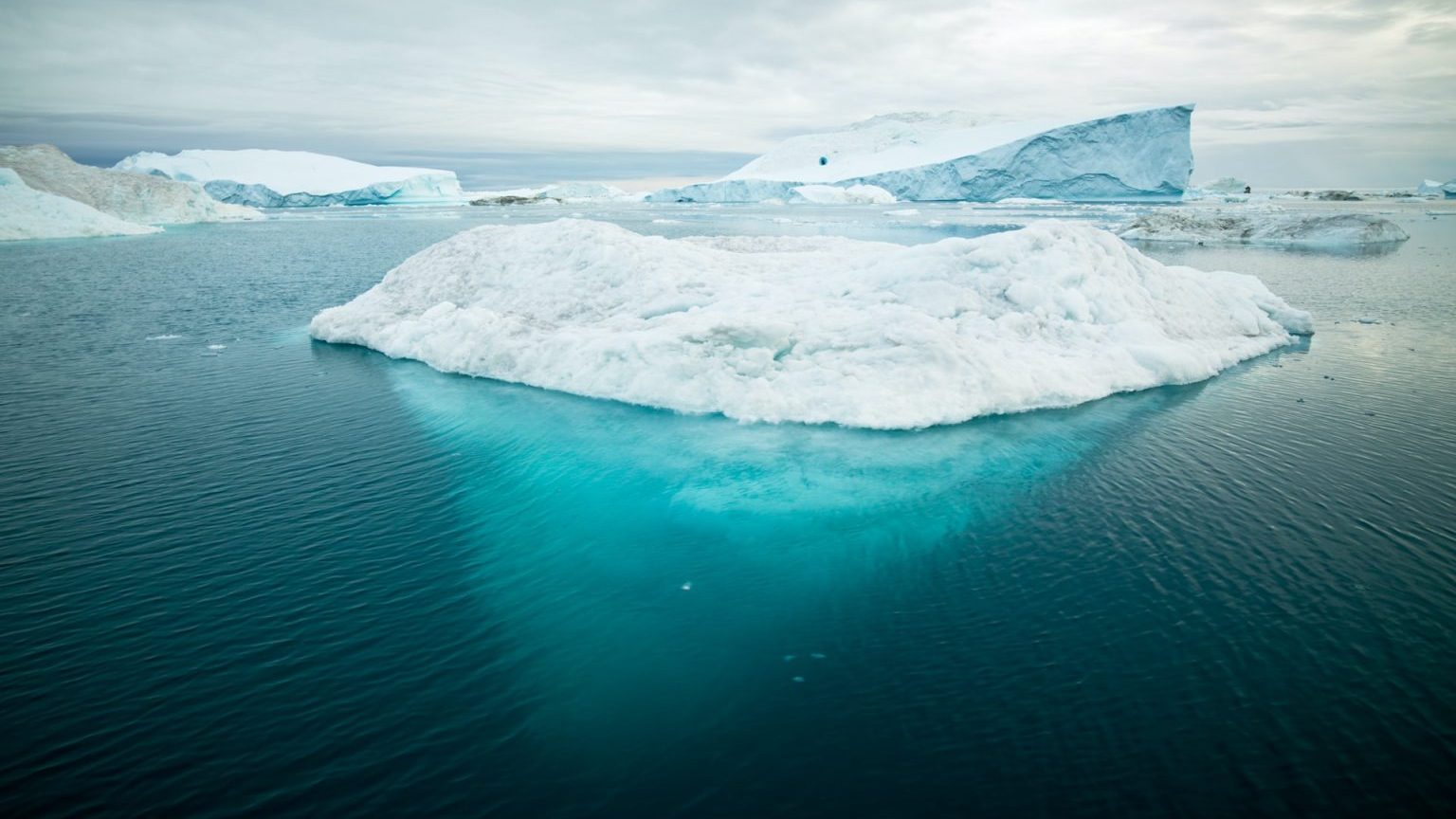A penguin “mega-colony” has just been discovered, far away from humans

Adélie penguins (Pygoscelis adeliae) have long been thought to be disappearing from our planet due to human encroachment on their territory, and especially from global warming affecting their food source, mainly krill, which are disappearing more rapidly as sea ice in the region ebbs.
Satellite images tipped scientists off to the presence of the colonies; they detected large patches of penguin feces, or guano, then sent a team to the area known as Danger Islands off the northern tip of the Antarctic Peninsula.
750,000 mating pairs are there—a total of 1.5 million penguins; when the team studied ariel photographs since 1957, it appears that the population has been stable since at least then.
“It’s a classic case of finding something where no-one really looked! The Danger Islands are hard to reach, so people didn’t really try that hard,” team-member Dr. Tom Hart from the UK’s Oxford University told BBC News.
Upon discovering the guano patches, they had to go through even more images since the initial satellite pictures were too blurry. What they discovered really shocked them.
Dr. Heather Lynch of New York’s Stony University described their surprise: “The sheer size of what we were looking at took our breath away.”
“We thought, ‘Wow! If what we’re seeing is true, these are going to be some of the largest Adélie penguin colonies in the world, and it’s going to be well worth our while sending in an expedition to count them properly.”

An Adelie penguin colony beside the frozen Ross Sea area near McMurdo Station, Antarctica on November 11, 2016. (MARK RALSTON/AFP/Getty Images)
The colonies, believed to be the 3rd and 4th largest in the world, are likely thriving precisely because of their remoteness from human beings. Other colonies in other locations that are being compromised by humans are definitely on the decline, and the penguin species was not known to exist on the Danger Islands at all, so this was a delightful bit of serendipity, followed by hard work and perseverance.




